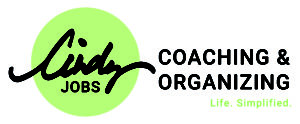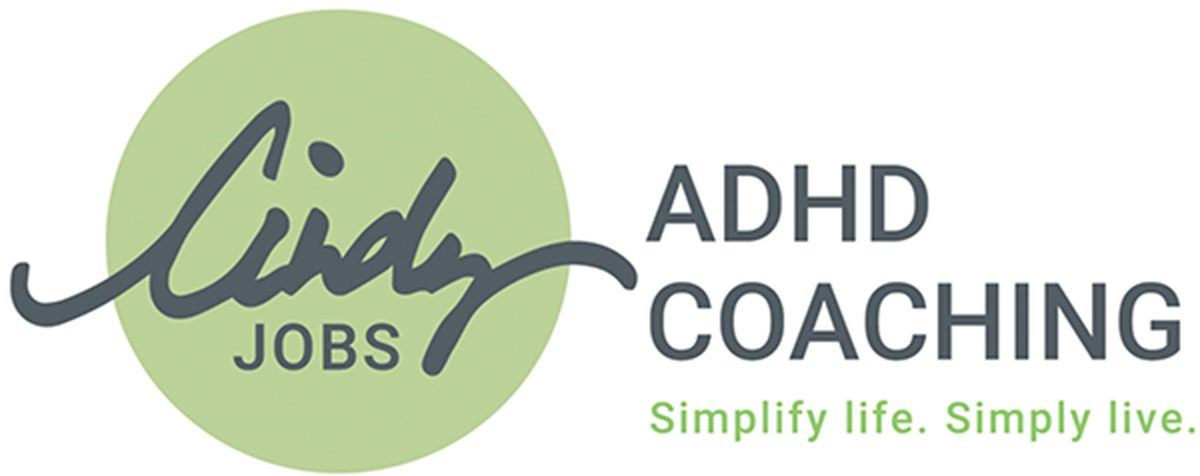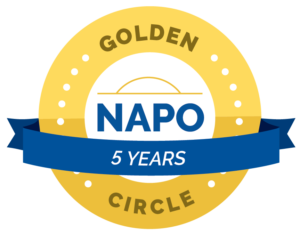“We start by focusing on who we wish to become.”
So often we state our goals the “I want to do . . .” format. But a more robust approach may be to state your goal in the form of “I want to become . . .”
Let’s look at this a little closer.
The person in the above image may have said to themselves, “I want to climb Mount Everest.” (yes, I know this isn’t Mount Everest). And they may very well climb Mount Everest, but then the journey is complete.
Or, they may have stated the goal as “I want to become a supreme mountain climber who can successfully climb any mountain of my choosing.” Now, they may also decide to climb Mount Everest. Still, by rephrasing the goal, their journey is not complete with climbing Mount Everest.
Here’s some guidance on creating “Who I Am,” not “What I Do” goals.
Step 1: State your goal.
“I want to live in a three-bedroom house at the end of 12 months.”
Step 2: Identify how this goal pertains to who you want to become.
“I want to become a person who provides a comfortable lifestyle for my family.”
Step 3: Identify why this goal is important to you.
“I want to improve my family’s lifestyle.”
Step 4: Identify what will change once this goal is met.
“Living in a three-bedroom house will mean my children don’t share bedrooms.”
Step 5: Create a SMART goal. (Specific, Measurable, Achievable, Realistic, and Timely)
“I want to live in a three-bedroom house at the end of 12 months.”
Step 6: Determine the step(s) necessary to complete the goal.
“To achieve my goal, I need to save $7,200 over the next 12 months.”
Step 7: Break the step(s) down into practicable action(s).
“To save $7,200 over the next 12 months, I need to save $600 per month or roughly $150 per week.”
Step 8: Break the practicable action(s) down into actionable steps.
“To save $600 per month, I need to:”
-
-
- Stop eating out.
- Make my own coffee.
- Cancel Netflix.
-
Step 9: Determine what resources are required to complete the goal (i.e., new equipment, time, partnerships, etc.)
“To stop eating out, I need to:”
-
-
- Create a weekly meal plan.
- Create a shopping list.
- Add meal preparation into my weekly/daily schedule.
-
Step 10: Detail how you will feel once this goal is met.
“Once I meet my goal, I will feel accomplished, accountable, and more supportive of my family.”
There you have it. A combination of SMART goals being aligned with the person you want to become.
Who do you want to become, and what goals will get you there?
Cindy Jobs
Looking for more information?
Click here for ADHD-friendly Time Management Tools
Click here for 15-minute organizing tips.
Click here to schedule a complimentary breakthrough session.
For more helpful information, follow me on Facebook.










